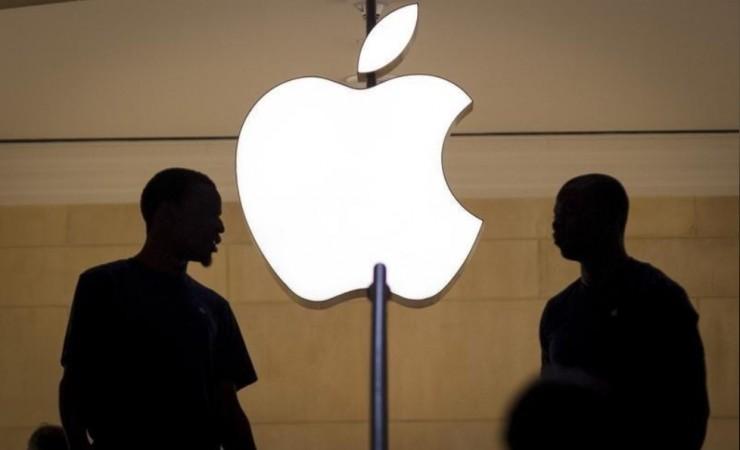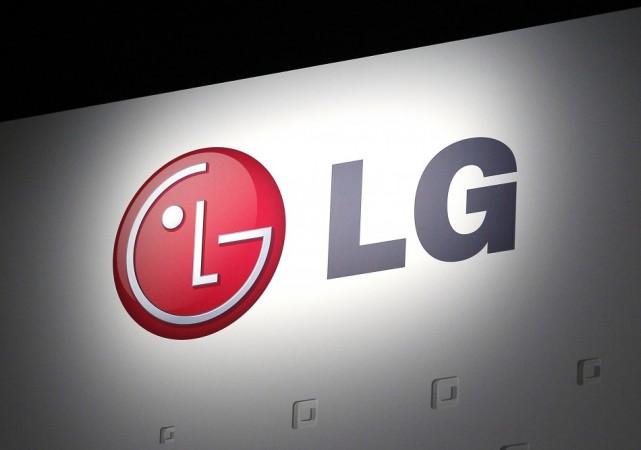Eli Lilly and Company has announced that donanemab met all primary and secondary endpoints for the 6-month primary outcome analysis in the phase 3 TRAILBLAZER-ALZ 4 study, providing the first active comparator data on amyloid plaque clearance in patients with early symptomatic Alzheimer’s disease treated with amyloid-targeting therapies. These data comparing donanemab to Aduhelm (aducanumab-avwa) to assess superiority on amyloid plaque reduction were shared at the 15th Clinical Trials on Alzheimer’s Disease (CTAD) conference. Donanemab is an investigational antibody that targets a modified form of beta amyloid plaque called N3pG.
Through the FDA’s accelerated approval pathway, the FDA has recognized that the reduction of amyloid beta plaque is a biomarker reasonably likely to predict clinical benefit in the treatment of early Alzheimer’s disease.
“The purpose of this first ever active comparator trial of amyloid lowering agents was to answer important questions about potential differences in amyloid plaque reduction,” said Mark Mintun, M.D., group vice president of pain and neurodegeneration research and development, Eli Lilly and Company. “These data reinforce our confidence in donanemab’s unique mechanism of action based on reductions in key biomarkers of Alzheimer’s disease, amyloid plaque and plasma phosphorylated tau (P-tau). Importantly, this was also the first study to obtain ARIA rates side by side using identical methods for ARIA assessment in the same patient population, demonstrating the ability to disconnect rate of plaque clearance from rate of ARIA incidence.”
In the co-primary outcomes, brain amyloid plaque clearance, defined as achieving brain amyloid plaque levels of <24.1 Centiloids, was achieved in 37.9% of donanemab-treated participants (25 of 66) compared with 1.6% of Aduhelm-treated patients (1 of 64) at 6 months; in the intermediate tau subpopulation, 38.5% of donanemab-treated participants (10 of 26) reached brain amyloid clearance compared with 3.8% of Aduhelm-treated participants (1 of 26) by 6 months. In a key secondary outcome, donanemab reduced brain amyloid levels vs. baseline by 65.2% compared with 17.0% for Aduhelm at 6 months. In an exploratory outcome, donanemab, but not aducanumab-avwa, treatment significantly reduced plasma P-tau217 at 6 months compared to baseline.
The safety profile of both treatments was consistent with their previously published studies. ARIA was the most common treatment emergent adverse event in both groups. In the aducanumab-avwa group, the incidence of total ARIA was 26.1% with 4.3% being symptomatic. In the donanemab group, the incidence of total ARIA was 25.4% with 2.8% being symptomatic. For both treatments, all symptomatic cases were related to ARIA-E.
“It is encouraging to see that donanemab produced significant reduction of amyloid build up in the brain and P-tau in the blood after 6 months. This suggests that this treatment modified the biology of Alzheimer’s disease early on in treatment,” said Stephen Salloway, MD, associate director of the Center for Alzheimer’s Disease Research at Brown University, who presented the findings. “It is also notable in TRAILBLAZER-ALZ 4 that the higher amyloid clearance by donanemab compared to aducanumab-avwa at 6 months was not associated with a higher rate of ARIA.”
TRAILBLAZER-ALZ 4 is ongoing and will have 12-month and 18-month secondary analyses. The study is one of five studies that comprise the clinical program to evaluate the efficacy and safety of donanemab. In August, Lilly announced that the FDA accepted the donanemab application for review, with Priority Review designation, for Alzheimer’s disease under the accelerated approval pathway.
TRAILBLAZER-ALZ 4 (LY3002813) is a multicenter, randomized, open-label Phase 3 study of that enrolled 148 patients aged 50 to 85 with early symptomatic AD who met entry criteria including a Clinical Dementia Rating (CDR)-Global Score of 0.5 or 1 and gradual and progressive change in memory function for more than six months, among other criteria. Donanemab and Aduhelm are administered via intravenous infusions every four weeks for up to 18 months. Donanemab is administered until evidence of plaque clearance via positron emission tomography (PET) at 6, 12, or 18 months. Aduhelm is administered through the duration of the study according to its approved label. The studies’ co-primary endpoints are superiority on, as measured by PET scan: the percentage of participants who reach complete amyloid plaque clearance and the percentage of participants who reach complete amyloid plaque clearance in the intermediate tau subpopulation at 6 months.
Lilly previously announced and published in the New England Journal of Medicine (NEJM) results from the phase 2 TRAILBLAZER-ALZ study in March 2021. In June 2021, Lilly announced that the FDA had granted Breakthrough Therapy designation for donanemab based on the TRAILBLAZER-ALZ data.






